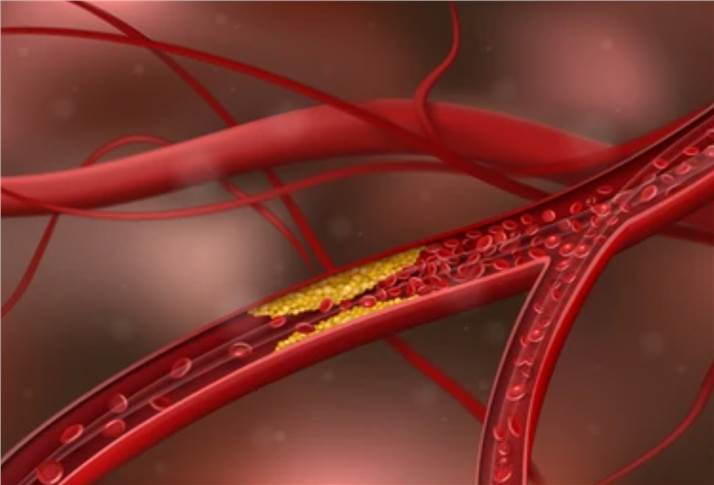The prevalence of cardiovascular and cerebrovascular disorders is rising as a result of the quick social development and lifestyle changes that people are making. Treatment for cardiovascular problems that involves taking medication is beneficial. The effectiveness of medications in clinical settings, however, typically varies greatly from person to person.
Our company offers pharmacodynamic (PD) research services with a focus on the cardiovascular (myocardial ischemia, hyperlipidemia and atherosclerosis, heart failure, tachycardia, and hypertension) and central/peripheral nervous systems (cerebral ischemia, Alzheimer, depression/anxiety, and drug dependence).

Biomedical engineering technology is used as the primary method to quickly and quantitatively test drug effects and study drug mechanism of action, conduct drug screening, find the best formulation, and evaluate and secondary development of drugs.
We have included our specific solutions below.
In Vitro Cell Research
| Culture of primary and functional cells | Cardiac progenitor cells, vascular endothelial cells, and brain hippocampal neuronal cells. |
| Research and assay techniques | - Flow cytometry for cell function (death, apoptosis, autophagy, etc.) and cell molecular markers.
- Western blot and polymerase chain reaction (PCR) for protein and gene expression assays, respectively.
|
Isolated Organ Studies
| Isolated heart ischemia/reperfusion model | - Langendorff isolated heart perfusion.
- Ventricular pressure, myocardial cell death, and myocardial tissue hematoxylin-eosin (HE) staining using a physiological function test system.
|
| Isolated heart systolic injection model | Detection of systolic tone in isolated vessels using a 16-channel physiological recorder. |
Holistic Animal Studies
Heart Attack Model PD Study
- Animals: Mice/Rats.
- Experimental method: The model animals' coronary arteries were stenosed or occluded by ligating the anterior descending branch of the left coronary artery, causing ischemia and necrosis of the myocardium supplied by this coronary artery, thus causing myocardial infarction in the model animals, and the modeling process was monitored and evaluated in real-time by electrocardiography, pathology, and serum enzymology.
Ischemic Cardiomyopathy Model PD Study
- Animals: Mice/rats, Beagle dogs, miniature pigs.
- Modeling methods: Surgical (coronary artery ligation) and reagent induction (isoproterenol induction, posterior pituitary induction).
- Measurements: Heart rate and ST segment, hemodynamics, cardiac output, and myocardial oxygen consumption. Myocardial enzymology and biomarkers. Myocardial infarction TTC staining.
Hypertension Model PD Study
- Animal species: Mice/rats, New Zealand rabbits, Beagle dogs.
- Modeling methods: Spontaneous hypertension, renal artery clamping, high salt diet induction.
- Measurements: Arterial blood pressure, serum and tissue levels of Angll, ACES, aldosterone, electrolyte levels, histopathology of heart and kidney.
Atherosclerosis Model PD Study
Animals: Mice, New Zealand rabbits, Bama minipigs.
Modeling method: Animal model of bait-induced atherosclerosis induced by feeding a high-fat diet.
Measurements: Plaque area measurement, plaque ultrasonography, vascular pathology HE staining, lipid level measurement.
 Fig.1 Mechanism of atherosclerosis formation. (Ji E, et al. 2021)
Fig.1 Mechanism of atherosclerosis formation. (Ji E, et al. 2021)
Cerebral Infarction Model PD Study
- Animal: Rats
- Experimental method: Rat with distal external carotid artery embolization followed by reperfusion.
- Measurements: CSS score of neurological function, TCC for cerebral infarct area.
Cardiac Arrhythmia Model PD Study
- Animals: mice/rats, Beagle dogs.
- Modeling methods: surgical (coronary artery ligation, electrical stimulation) and reagent induction (barium gas, prozacrol, verapamil, etc.).
- Detection indexes: Analysis of ECG heart rate and PR interval; cardiac enzymes, isoenzymes, cardiac troponin, myocardial histopathology, etc.
Sick Sinus Node Syndrome Model PD Study
- Animals: Rats, New Zealand rabbits.
- Modeling method: formaldehyde wet dressing method, formaldehyde drip method.
- Measurements: Heart rate and cardiac cycle analysis, sinus node function, sinus node histopathology.
If you are looking for the best solution in the field of PD studies of drugs for human use, please feel free to contact us.
Reference
- Ji E, et al. (2021). "Antibody-Based Therapeutics for Atherosclerosis and Cardiovascular Diseases." Jnt. J. Mol. Sci. 22(11): 5770.
Related Solutions
It should be noted that our service is only used for research, not for clinical use.


 Fig.1 Mechanism of atherosclerosis formation. (Ji E, et al. 2021)
Fig.1 Mechanism of atherosclerosis formation. (Ji E, et al. 2021)